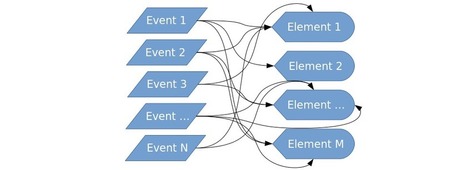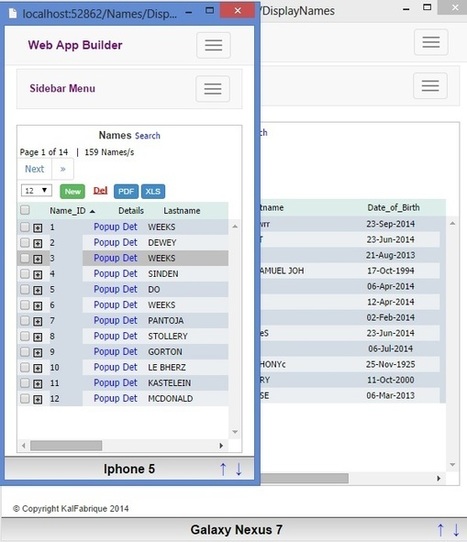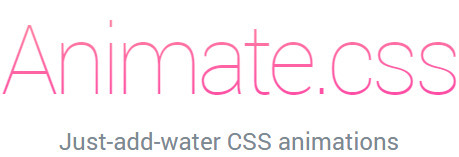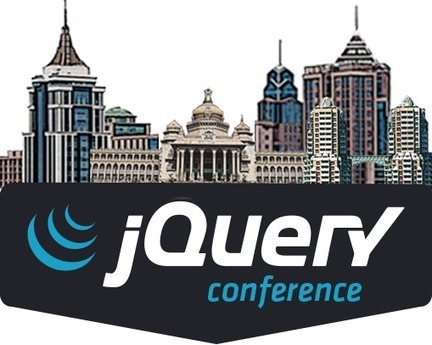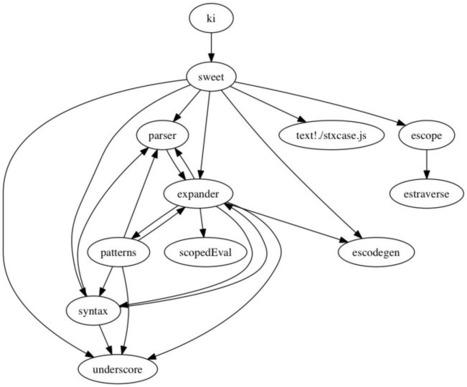Are you interested in migrating your existing jQuery project to React?
Maybe you’re just interested in using a jQuery plugin in your project and there’s no React component that handles your needs.
Using a lot jQuery plugins in your React project is not something that I would encourage, but in these situations wrapping a jQuery plugin with React might be your best option.




 Your new post is loading...
Your new post is loading...



